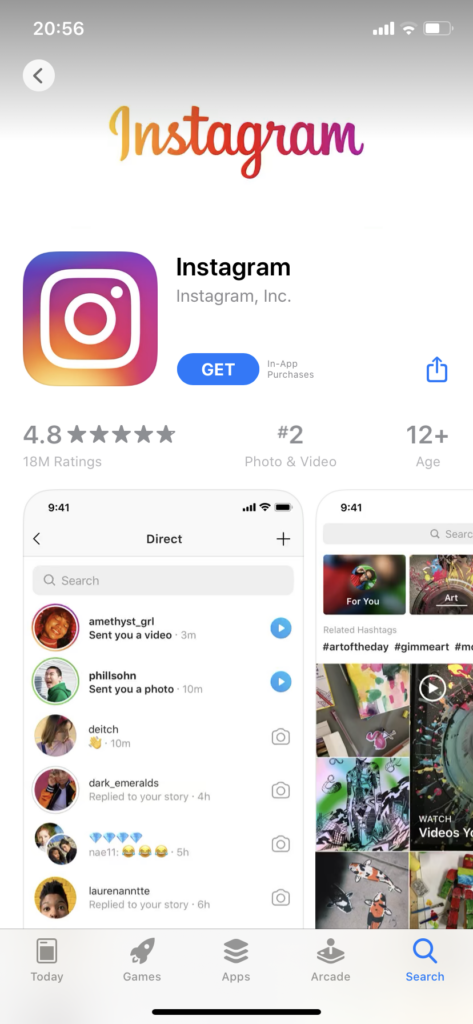With distance learning well underway and an unusually excessive amount of time spent at home for many, some students have found themselves on technology for hours on end. Although CUSD bell schedules have provided learners with screen breaks from Zoom meetings, a substantial number of teens choose to spend their free time outside of school checking social media, texting with friends, or catching up on the latest TV shows and movies. This raises a poignant question: is there too much screen time with distance learning?

Freshman Abby Ross has kept connected with the outside world through social media, more specifically Instagram and the newly-famous TikTok app. She spends at least three hours on her phone per day. With the new addition of distance learning, she is now on her computer for an extra four and a half hours. With only two breaks between classes on a typical day, one fifteen minutes and the other forty-five minutes, Abby often finds herself struggling to take her eyes off of technology.
Some have increased their screen time on social media in order to stay connected with the outside world
“I try to make sure during my breaks to walk around the house, talk to my family, or even grab a glass of water to rest my eyes from being on a computer all day,” Abby explained. “I think with distance learning, kids around my age already have a major screen time problem, but now with the added distance learning into the mix it has become an even bigger issue.”
Abby has a valid point about teenagers already devoting excess amounts of time to their technology. With distance learning and the COVID-19 pandemic present, these issues further encourage students to spend more time at home and on their technological devices. Common sense dictates that too much screen time is not healthy for one’s eyes, especially for a developing teen. So, if learning virtually has negative health impacts, how soon can kids go back to attending school on campus? That question can only be answered with time, but many are yearning to go back to in-person learning.
Abby shared, “I hope we can get into classes sooner to have more of a social life other than being on a computer all day.”
Sloane Walsh, a junior at CHS, is a proud member of CoSA musical theater. After her regular Zoom classes, she participates in CoSA for one to two hours on a typical day. This adds up to about eight hours of screen time per day, not including her downtime spent on social media and watching television shows.
“So far I have not been too stressed [about time management], but it has been hard to do homework, classwork, and find time to still be social with my friends. I am actually really glad that they gave us screen breaks. I think that really helps,” Sloane commented.
Sloane benefits from screen breaks, but she still spends over half her waking hours on technology. This situation is vastly different from the on-campus experience pre-COVID-19, where computers were only needed occasionally.
Kailani Lenert, class of 2024, has a slightly different opinion on the amount of screen time she and her fellow classmates have.
“I do believe that there is too much screen time during distance learning. At school, a significant portion of the class involves watching the teacher explain a concept, but with distance learning, we are on our screens for 45 minutes to an hour and a half straight,” she described. “Pre-COVID, I was not on devices nearly as much as I am now. I have more free time now, including time between each class, and I am on my phone during most of that extra time. Since I have been on my phone more during this time, I have also been using social media more.”
Abby, Sloane, and Kailani have all experienced an increase in their technology use. During these unprecedented times, it is important that students stay connected with friends and family along with completing schoolwork and attending Zoom classes. However, there needs to be a balance between screen time and interacting with the real world. As the 2020-2021 school year progresses, students should take advantage of opportunities to maintain their health and well-being, and sanity.







